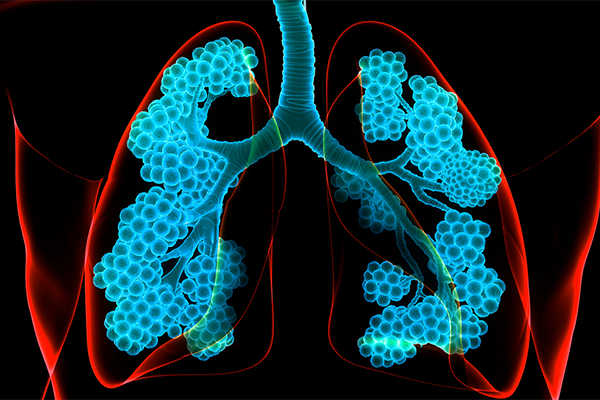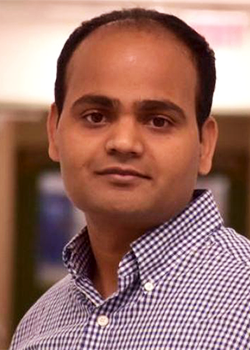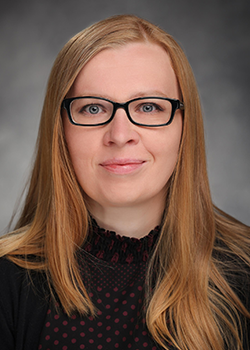
Scientists and clinicians at the Duke University School of Medicine have discovered new details about how lung tissue heals after injury caused by toxins such as air pollution or cigarette smoke.
The researchers found that a cascade of interacting steps involving two different cell types is crucial for healing. An imbalance in these steps can lead to damage that resembles emphysema or lung fibrosis, the study found.
The study, published November 2, 2023, in the journal Cell Stem Cell, paves the way for future investigations to identify possible new treatments to prevent or reverse these diseases.

"A long-standing question in the field of wound healing is how our body organs know to regrow and build the same structure after a wound," said co-senior author Purushothama Rao Tata, PhD, assistant professor of cell biology and medicine, and co-director of the Duke Regeneration Center. The study's other senior author was Aleksandra Tata, PhD, assistant research professor of cell biology.
Tata explained that lung tissue is like a big balloon draped by a structure akin to a fishnet: the extracellular matrix scaffold, which creates multiple compartments with strong, flexible walls that expand and contract as we breathe. This study focused on how the lungs rebuild this scaffold after injury.
To study this question, the scientists used a variety of methods, including single cell transcriptome analysis and other computational tools, to build "time-lapse molecular circuits" to reconstruct wound repair in mouse lungs.
"We refer to it as molecular circuits because we are not looking at one or two genes, but a collection of genes associated with a particular cell state or phenotype," Tata said. "These are like electrical circuits that all come together to switch on a light, for example. All of these genes together exert a collective function."

"Disruption of these circuits revealed key druggable molecules to target two currently incurable lung diseases — emphysema and fibrosis," he said. "These diseases are like two sides of the same coin. In a lung with emphysema, we lose the walls of the scaffold. In the case of fibrosis, the wall thickness increases so they are no longer flexible."
The study revealed that after a healing "program" is activated, a cascade of events ensues, involving both epithelial cells (cells that line the lungs) and mesenchymal cells (support cells).
The researchers outlined three crucial steps or "transitional states" that happen during this process. If certain transitional states involving epithelial cells persist too long, the result is fibrosis (buildup of scar tissue). "If there is a blockade in the transition of these cell states, the result is loss of tissue that resembles emphysema," Tata said.
In a preview article highlighting the work, scientists not affiliated with the Duke study pointed out that one of the intermediate cell states identified as crucial in the healing process has previously been termed a "bad actor" in lung fibrosis research. Two drugs currently approved for fibrosis (nintedanib and pirfenodone) actually kill this cell state, Tata said. "Our study shows that treating with these drugs may actually be a bad thing," he said.
Other authors of the study are: Arvind Konkimalla, MD, PhD, currently a resident at Duke University Hospital; postdoctoral associate Satoshi Konishi, MD, PhD; laboratory research analyst Lauren Macadlo; PhD candidates Jeremy Morowitz and Zachary Farino; postdoctoral fellow Naoya Miyashita, PhD; and bioinformatician Pankaj Agarwal, all in the Duke Department of Cell Biology; Department of Pediatrics postdoctoral research associate Lea El Haddad, MD, PhD; Mai K. ElMallah, MD, associate professor of pediatrics; Christina E. Barkauskas, MD, associate professor of medicine; and Tomokazu Souma, MD, PhD, assistant professor in medicine; and Yoshihiko Kobayashi, PhD, now an assistant professor at Kyoto University in Japan.